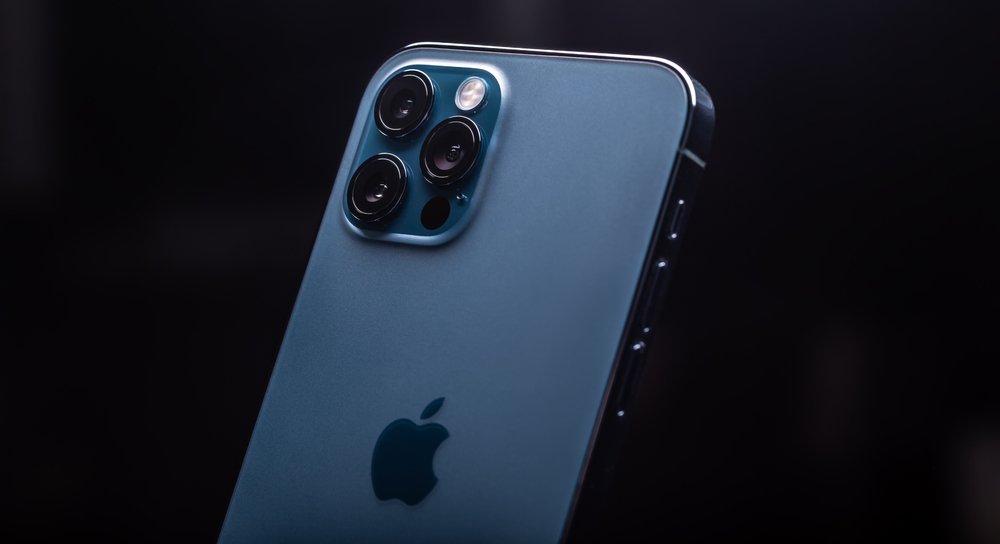Why Having a Competitive Advantage and Point of Difference is Essential for your Business
Competitive advantage can be applicable to many areas of a business and its operations, but having a true point of difference that people can understand and resonate with can supercharge that benefit.
In simple terms, competitive advantage is the combination of factors that give you an edge over your rivals. Many businesses think having great service and competitive prices are their USP or point of difference. However, this is not a true advantage when high-quality service should be a given, and competitors can also drop prices.
So, if your strategy is focused purely on the price, you may devalue your brand’s reputation. We have all seen retail businesses with either year-long or closing-down sales that never seem to end, and we all know how we end up perceiving those businesses.
This also puts enormous pressure on the business’s profitability, and the cost of customer acquisition becomes very difficult if you are purely chasing volumes at low yields of return.
Most recent iPhone model.
Brands that are reassuringly expensive use other tactics to create a true point of difference and a USP that can be marketed cleverly as a competitive advantage. Look at Apple, for example; the iPhone was the biggest-selling product and brand in history. The iPhone’s point of difference was being the first well-designed mobile phone device that also acted as a personal computer and camera.
This, along with its design brand values, gave Apple a significant competitive advantage and cache through its marketing and branding, allowing Apple to monetize its competitive advantage like no other consumer product that came before it.
However, a decade or so later, Apple has many more competitors, and in response to this, doubled down on those points of difference by continuing to improve its photographic and video production capabilities, along with battery technology, so that we continue to see the iPhone as a product we will pay a premium for, because of the marketing linked with those subtle USP’s.
Having one or more of these forms of competitive advantage can be a tremendous upper hand for not only your business but for shareholders, too, as your organisation can generate a far higher value proposition for its customers, leading to improved brand loyalty and customer retention.
Many start-ups are even using this to raise capital via equity crowdfunding, building up a community of investor advocates that can also be early adopters while adding value to companies marketing, driving home a competitive advantage.
In terms of marketing, competitive advantage is the battlefield upon which all brands, large or small, wage war for their audiences’ attention (and investment or spending). To demonstrate how highly brands value gaining a competitive advantage over their rivals, we only need to look at how much these companies spend on advertising alongside their community-building and reputation marketing.
Take the most highly watched US TV event of the year, the Super Bowl. Provided by Statista, the average cost of a 30-second Super Bowl ad in 2022 cost $7 million. Per second that amounts to roughly $250,000.
These staggering figures beg the question, why are companies spending so much on half a minute of advertising when they could spend that same $7 million on an entire year’s worth of marketing activities?
The answer is simple, with such a large captive audience before, during, and after the game, the Super Bowl raises awareness for their products on a huge scale, delivering advertisers massive reach and repetition of that brand’s message for months, and even years to come, resulting in a talking point or PR opportunity that goes way beyond a normal TV ad spot.
Analysing data & consumer trends
This trend has only accelerated through the application of social media, as instant communication between consumer and brand, the “buzz” surrounding a particular company’s yearly Super Bowl ad can generate as much attention as the game itself, reinforcing your brand identity and its competitive advantage, using other tools such as PR and events to create your own cache and resonance with your brand and its point of difference.
Smaller businesses can also generate a competitive advantage in marketing through a number of creative ways. By researching the marketing & communications strategies of other businesses in your sector, you can determine what works and what doesn’t for your target market.
Alongside careful analysis of trends, you can identify which elements would stand out from the crowd and most effectively capture your audiences’ attention.
Another way to create a competitive advantage through marketing is using analytics. In today’s data-driven society, it isn’t enough to simply make assumptions about whom your target customer looks like that truly values your USP or point of difference.
Fashion brand Burberry’s target consumer was very different in the 70s & 80s when compared to the 90s and early 2000s as the company’s well-regarded high-class brand image was usurped by the cash-laden and fashion-conscious younger generation, becoming synonymous with tacky streetwear at best, and a signpost for antisocial behaviour at worst.
This shift occurred somewhat out of the blue for Burberry, tarnishing the brand’s reputation and causing major ripples throughout the company in terms of profits and company culture. However, as of 2022, the brand is expected to increase yearly profits by 35% year on year to between £500m - £515m, which is up from analysts’ predictions of £470m.
Burberry has created this turnaround in no small part thanks to customer analytics. Using data, they have been able to pinpoint the elements of their products and brand that resonate most strongly with their new demographic and tailor their offerings to suit these customers’ needs.
This has given Burberry a leg up on the competition, especially in terms of attracting the younger generation to its brand (a notoriously difficult yet desirable segment to capture in the fashion industry) and will have a greater chance of retaining these customers through further application of this data-driven marketing strategy.


